Hummingbird Moths
sitali301
15 years ago
Related Stories
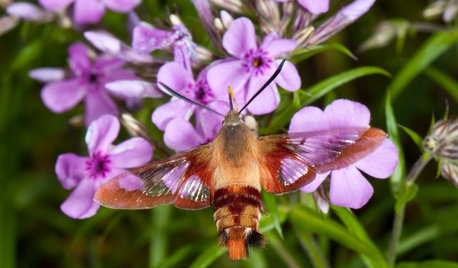
GARDENING GUIDESHummingbird or Moth? See Why You Want Clearwings Around
These fascinating moths may be helpful pollinators for your garden. Here’s how to coax them your way
Full Story
GARDENING GUIDESBackyard Birds: Invite Entertaining Hummingbirds Into Your Garden
Hummingbirds — unique to the Americas — zip through open landscapes seasonally or year-round. Here’s how to attract them
Full Story
GARDENING GUIDESAttract Hummingbirds and Bees With These Beautiful Summer Flowers
Roll out a welcome mat for pollinators to keep your landscape in balance and thriving
Full Story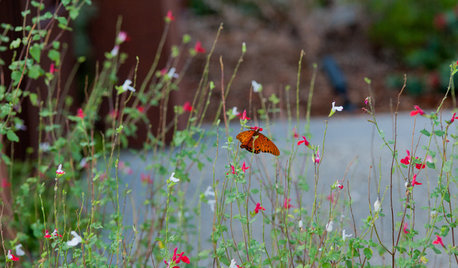
EARTH DAYCreate a Container Wildlife Habitat for Hummingbirds and Butterflies
Don’t let limited space prevent you from welcoming wildlife into your garden
Full Story
GARDENING GUIDESCentral Plains Gardener's June Checklist
The flowers are coming! The flowers are coming! And so are the butterflies, hummingbird moths and coneflower diseases
Full Story0
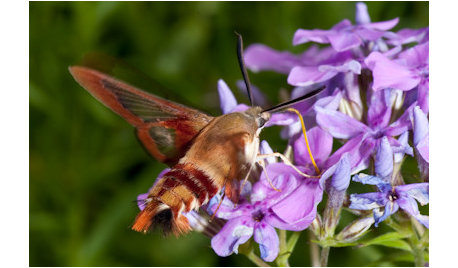
GARDENING GUIDESGreat Design Plant: Prairie Phlox Draws Winged Beauties
Beauty and a sweet fragrance are just the beginning with this spring bloomer. Watch the butterflies and moths descend on it for nectar
Full Story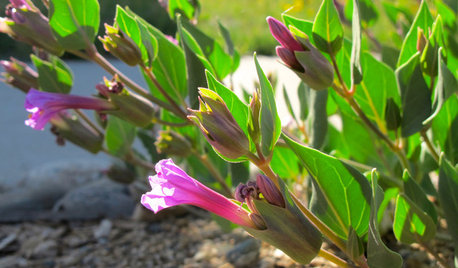
FLOWERS AND PLANTSMirabilis Multiflora Brings a Burst of Magenta to Dry Gardens
Plant this high desert native for its copious blooms, mounding habit and appeal to hummingbirds
Full Story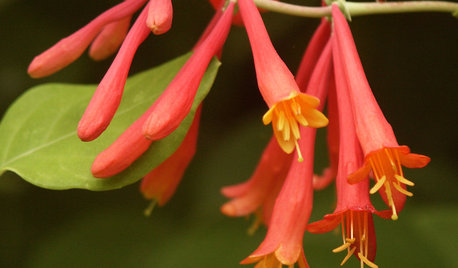
GARDENING GUIDESGreat Design Plant: Lonicera Sempervirens
Grow this long-blooming, flashy flowering vine to cover a fence or arbor and attract hordes of hummingbirds all season long
Full Story
GARDENING GUIDESGreat Design Plant: Cephalanthus Occidentalis
Buttonbush is an adaptable woody shrub with delightful pincushion flowers
Full Story
REGIONAL GARDEN GUIDESDelight in Summer’s Garden Glories — Here’s What to Do in June
Wherever you live in the United States, these guides can help you make the most of your summer garden
Full StorySponsored
More Discussions




MissSherry
sitali301Original Author
Related Discussions
Raising Hummingbird Moth
Q
Hummingbirds? or Hummingbird Moths?
Q
Hummingbird Moth
Q
Hummingbird moth hosts
Q
bananasinohio
jeanner
crittergirl
proudgm_03
bernergrrl
MissSherry
susanlynne48
jeanner
crittergirl
irislover_nc
butterflyman
susanlynne48
MissSherry
butterflymomok
sitali301Original Author
bobbic
susanlynne48
bobbic
susanlynne48
kiwi6069
KC Clark - Zone 2012-6a OH
jilliebean9700
catlady_2009
christie_sw_mo
Letterpressman
wifey2mikey
Xerli
SammyG